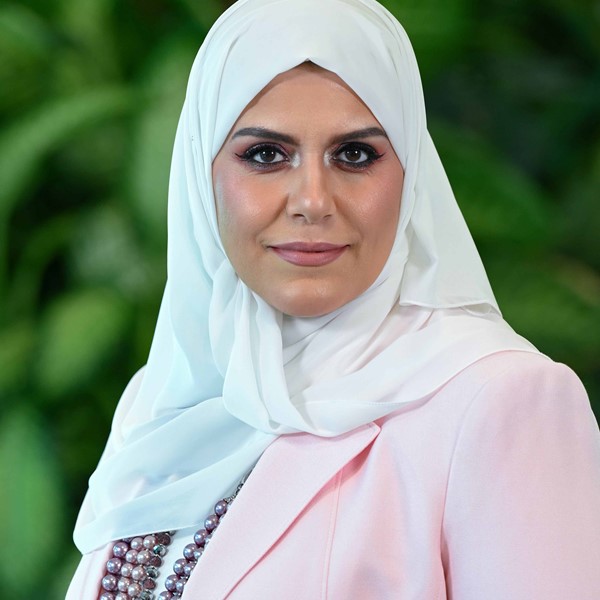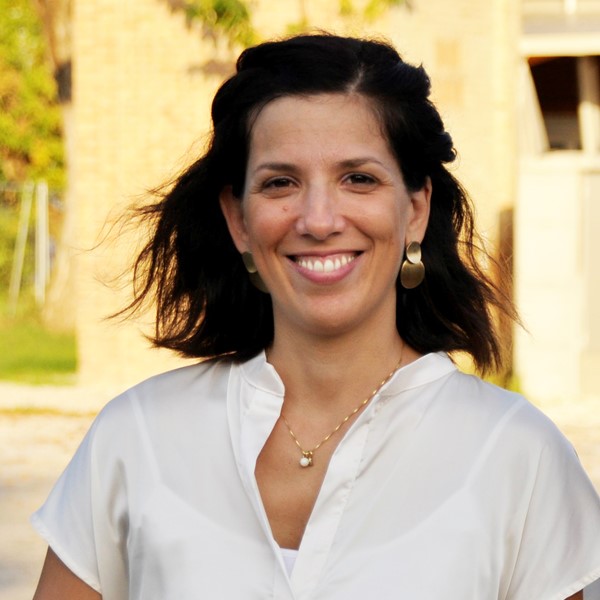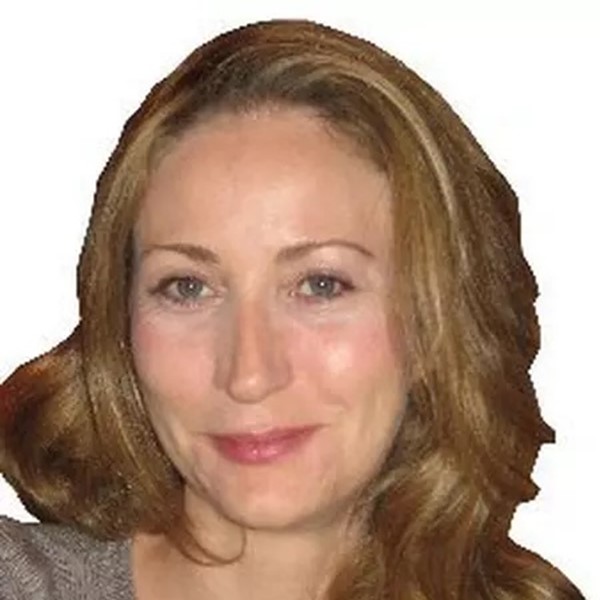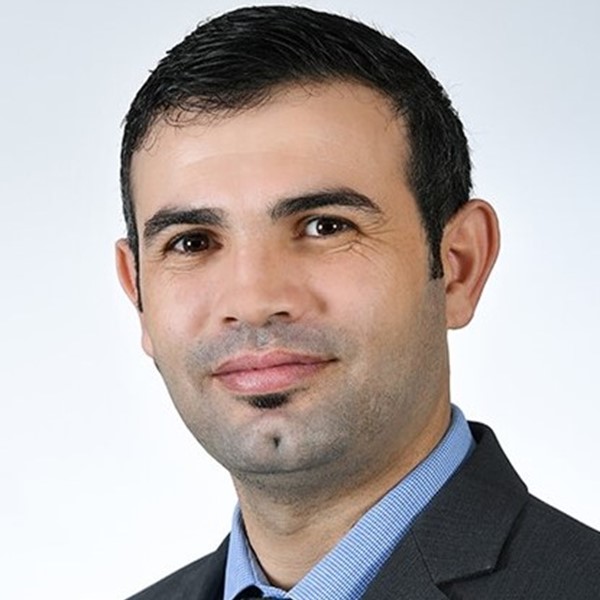
Sofia Öiseth
Chalmers Industriteknik, Sweden


Co-hosted by the Research & Innovation Center for Graphene and 2D Materials and the Graphene Flagship, we present the 3rd International EU-UAE Workshop.
The workshop was organised in the framework of the Graphene Flagship international collaborations and was hosted as part of the Graphene Week 2024 programme.
As the world grapples with water scarcity, innovative technologies are imperative. Graphene and related 2D materials present a promising avenue for revolutionising desalination and water purification processes, particularly given their inherent resistance to fouling and microbial growth. However, the path to integrating 2D materials into the water desalination and water treatment industries is one that faces resistance to change and challenges. In this session, moderated by Fraunhofer ISI, we take a retrospective analysis of the Graphene Technology and Innovation Roadmap’s actualisation in this field, while looking at future opportunities and challenges through case studies, latest scientific applications, and a robust round table discussion.
For more information, please contact European Science Foundation at graphene-eu@esf.org

Chalmers Industriteknik, Sweden

Chalmers Industriteknik, Sweden

Research & Innovation Center for Graphene and 2D Materials (RIC2D) Khalifa University

RIC2D, Khalifa University, UAE

Fraunhofer ISI

Medica S.p.A., Italy

Veolia, France

Chalmers University of Technology, Sweden

Khalifa University, UAE
Title: Graphene Oxide in Water treatment beyond desalination: the example of Graphisulfone®
Abstract: Graphene, especially in the form of graphene oxide (GO) or graphene-based membranes, has generated significant expectations in the field of desalination due to its exceptional properties that could be exploited to enhance permeability, selectivity, efficiency, stability and to reduce fouling. Beyond the applications in desalination, that are still at research phase, the use of GO in water treatment could benefit also of graphene oxide property to capture emerging contaminants. In the last 3 years during Graphil spearhead project (funded by UE in the framework of the Core3 of the Graphene Flaghsip), GO was introduced into hollow fiber polymeric membranes, to confer them adsorptive properties towards emerging contaminants. The new composite Graphisulfone® demonstrated superior removal capabilities for various contaminants, including heavy metals (Pb, Cu, Cr (III)) and polyfluoroalkyl substances (PFAS), outperforming traditional. Our experience highlighted the potential of graphene oxide to address emerging contaminants in water treatment, providing a versatile and robust solution for enhanced drinking water treatment. These membranes combine ultrafiltration and adsorption capabilities, offering a simplified and efficient solution for water purification. Importantly, the study confirmed that the release of GO from the membranes into treated water was negligible, ensuring safe use for drinking water applications.
Bio: Manager of the Medica Lab and Intellectual Property at Medica SpA, Coordinator of research projects including LIFE REMEMBRANCE (EU LIFE Program) and Graphil (SH1 Core3 Graphene Flagship, Horizon 2020).
PhD in Biochemistry, Molecular Biology, and Biotechnology after a degree in Medical Biotechnology.
Extensive knowledge of hollow fiber membranes, filters and devices for hemodialysis and water filtration, of their production processes and of membrane characterization and analysis. Verification and validation testing on filters and membranes. Experience in patent management.
Author of numerous scientific publications in international peer-reviewed journals.
Co-inventor in patents in the field of filtration and biotechnology.
Bio: Viney studies methods to orient 2D nanomaterials under the guidance of assoc. Prof. Roland Kádár. Magnetic fields are used to align 2D materials in the desired orientation direction. The developed method is further used to enhance polymer-based composites' thermal, electrical, and mechanical properties. Moreover, his work also focuses on studying the antibacterial properties of the aligned composite. Viney Ghai is working with Vinnova Competence Centre ‘2D material-based technology for industrial applications’ (2D-TECH) to develop the technology which will help in various industrial applications of Graphene and other related 2D nanomaterials.
Bio: Dr. Emad Alhseinat is an Associate Professor in the Chemical Engineering Department at Khalifa University. Since being appointed as Assistant Professor at KU in 2016, he has managed to attract internal and external research grants that total more than AED 6.7 Million as a principal investigator (PI). Dr. Alhseinat has established his lab in novel separation processes for water treatment and desalination at KU. Dr. Alhseinat has filed five patents with KU and published several scientific journal papers in high-impact Journals, i.e., Water Research, Desalination, Chemical Engineering, Separation and Purification Technology, Electrochimica Acta, and Journal of Physical Chemistry C.
Dr. Alhseinat is currently an active member of the Center for Membranes and Advanced Water Technology (CMAT) and the Center for Catalysis and Separations (CeCaS) at KU. His research efforts are focused on solving the problem of freshwater shortage in arid regions by improving the efficiency of water desalination and treatment processes and creating innovative and sustainable solutions.
Tickets must be purchased in advance.